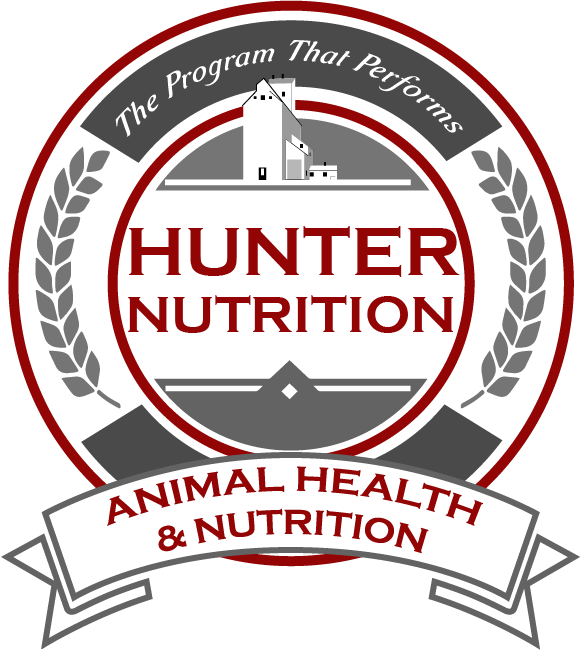
Sheep are ruminants, forage should make up most of the adults (sheep) diet.
Grazing (grass) can be 8-9 months of the feed source for a flock in Indiana. (It’s possible to have 12 months of grazing with large land areas and stockpiling.)
Pasture can be one of your best feeds, for the least dollar.
Pasture is often much cheaper than a dry lot hay ration.
Good pasture management can double or triple your yields over traditional 'one big field' type management.
Without grass, profits with sheep will be limited
Common problems with grazing managementGrass not looked at as a feed with a high nutrient value.
Grass not managed for production - manage it like you would any other crop. Reaction rather than a planned production are often the case.
Pasture (grass) often thought of as a place to turn stock out on - not as a feed source.
Typical grasses go through a summer slump in production. (Annuals can help.)
It is hard to keep legumes in a pasture even with good grazing management. Proper grazing, fencing, and renovation are essential to keeping legumes in the stand.
Intensive grazing management a definitionIntensive grazing management is the integration of plant and animal management to increase pasture quality and carrying capacity; which results in increased animal performance (profit).
This is achieved by controlled grazing time and plant growth. Several pastures (paddocks) are needed for the best results. Plants must be kept in a growing stage so that nutritional value is very high. Plants are grazed for about 3 days when they are 4-6" tall and then rested until they again reach the 4-6" grazing height. By short, frequent grazing plants are kept in a vegetative stage which is often over 20% crude protein and 60% TDN. Intensive grazing management increases the life of your pasture stand and often doubles or triples total yield.
Basic grazing conceptsKeep pastures in an immature growing state A pasture can easily be over 20% crude protein and 60% TDN (dry basis).
Pasture paddock size should be such that the group can consume all the forage in about 3 days.
Daily rotations are not necessary and leaving them on past 7 days in very detrimental to the stand during the growing season. Remember each plant should be grazed once - you want the paddock grazed and the stock removed before any re-growth occurs. Grazing past about 4-5 days will result in animals grazing the re-growth too early. This will cause plant damage and ultimately result in lowered production and stand thinning.
Turn onto pasture at about 4-6 inches of height and graze down to 1-2 inches in about 3 days.
Taller stands at turn in are subject to trampling loss.
Fast growth = fast rotation. ................Slow growth = slow rotation.During periods of fast grass growth: turn animals in early, graze for about three days, then remove. The rotation back to this pasture can occur in as quickly as one week during periods of high rainfall and lush growth. However during slow growing periods (summer, winter, drought, etc.), the return to that paddock may be 30 days or more before it reaches 'grazing' height.
Pure Alfalfa stands=Different grazing rules!Sheep must have a full stomach prior to turn in on pure alfalfa stands.
When grazing pure stands of alfalfa, bloat is a serious concern. Bloat generally occurs when you first change pastures. You will not be able to graze alfalfa stands all the way down like you would a grass or mixed pasture. You can’t leave them in, forcing them to clean it all up. If you do, the animals will be too hungry and gorge on the new (alfalfa) paddock they go to next and bloat will result. On pure stands of alfalfa graze about 60-70% of the forage, leave the residue and rotate.
How I graze my flockThe Ewe flock has gained weight on pasture every year.
Excessive spring growth is taken as hay for a yield of 1.5-2.0 ton per acre. We usually can harvest 50-75% of the acreage on this first cutting.
When applicable flushing and lactation is done on pasture; without grain supplement.
Clipping pastures with a bushhog is done whenever there is excessive mature growth present that will not be harvested as hay. For example: Left over plants & weeds after a grazing would be mowed right after the sheep are rotated out. Keeps stand vegetative.
5 acres: Fescue with some clover.
8 acres: Orchardgrass with some alfalfa.
2+acres: Annuals (rye seeded fall for spring grazing then sudex for summer)
5 acres: Mixed grasses, orchardgrass, etc.
| April Grazing: | 1 day per 1.33 acres for 100+/- ewes. Fast growth = regraze in 3-5 days. |
|---|---|
| May & June Grazing: | 3-4 days per paddock usually can regraze in 10-15 days. |
| July & August: | Let permanent pasture rest and regrow-graze annuals. If grazing other pastures, usually 3-5 days on then 21-30 days off depending on how dry it is. |
Our 1999 experience with Sorghum-Sudangrass annual to fill the summer gap. Nutriplus BMR brown midrib.
Cost $120 seed and tillage or $0.03 per head per day. Compare this to alternative drought feeding use of big round bales of hay at $20/800# at 4.5# ewe/day = $0.113.
Fall grazing: Graze stockpiled forage from summer. Forage is taller and going dormant so you can graze longer, about 7-30 days maybe longer depending upon height. Fall grazing of summer stockpiled forage is basically letting your sheep harvest your last cutting of hay.
Winter: We run out of pasture in November. When our grazing season is over we lock the sheep away from the pastures and confine them to outside 'sacrifice' areas or they go to the barns for lambing. Unless you have a large acreage, the grass needs protection in the winter (from grazing).
Paddock Design and FencingRectangular paddocks are best, avoid circle & pie shaped layouts.
Go Back to Articles